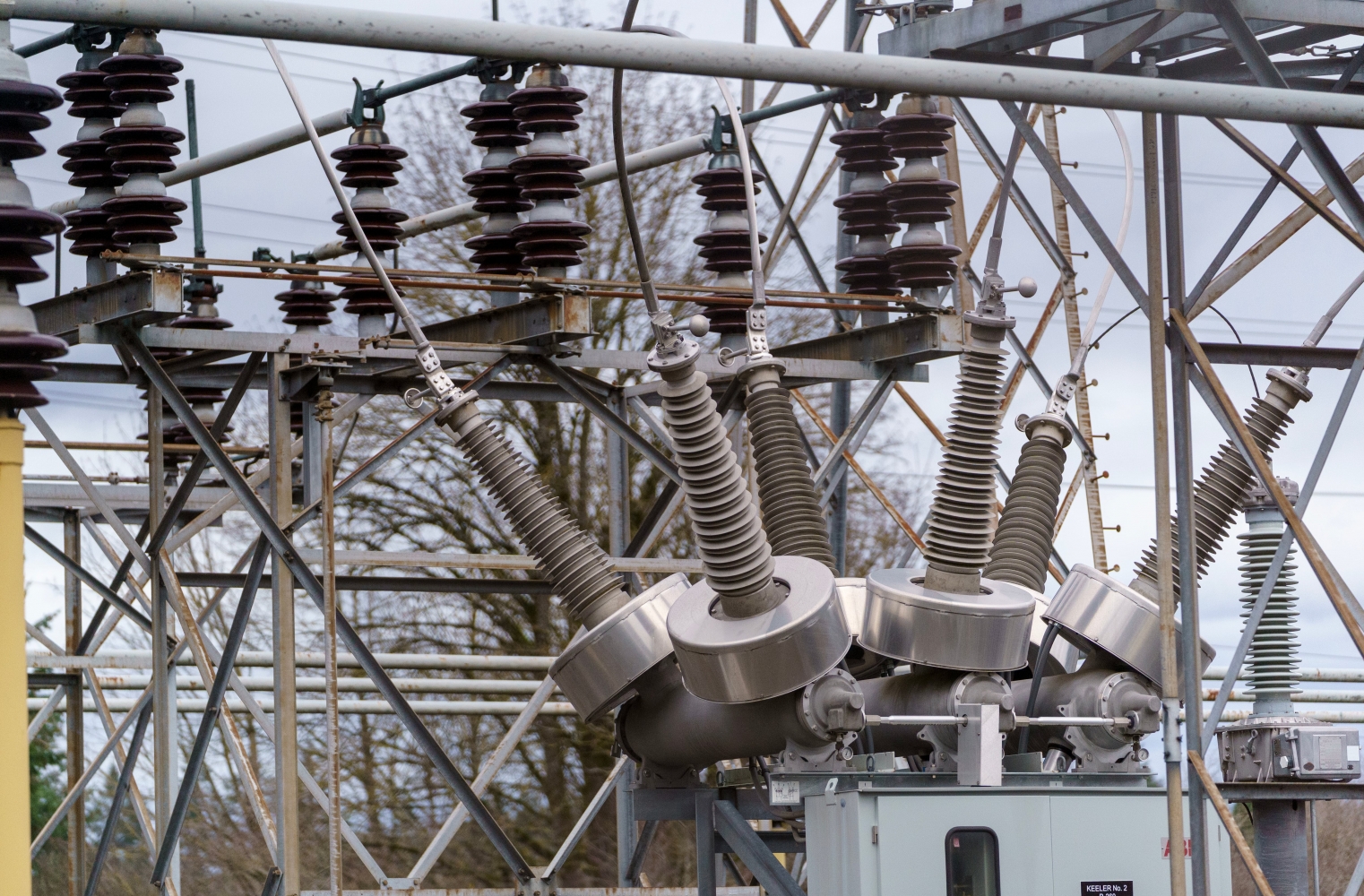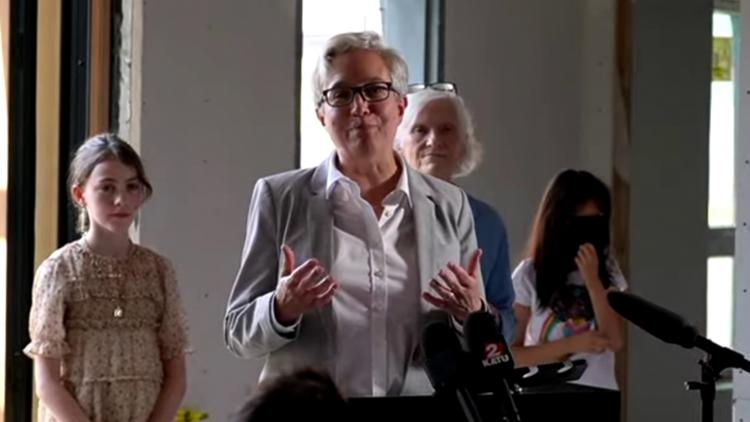

Published on: 08/25/2025
This news was posted by Oregon Today News
Description
As most of Oregon continues to endure extreme heat, Gov. Tina Kotek has signed four bills intended to ensure energy affordability is front and center for Oregonians.

On Monday, Kotek celebrated four bills that focus on preventing residential power shutoffs, increasing energy affordability and holding large energy users accountable. Together, they’re meant to ensure the state moves forward in reaching its renewable energy goals.
She called the bills a turning point for the state.
“As we all work towards a clean energy future, which is making sure people have clean electricity in their homes, it has to be affordable,” she told OPB. “And for those households who will be most challenged to meet increased prices, we’re going to do something about that.
“We’re going to pay attention to what the costs are for low-income households and working households,” Kotek continued. “We’re going to make sure that our big companies are held accountable, so customers know what to expect and when to expect changes that are fair.”
The four bills Kotek highlighted at the signing ceremony are:
· House Bill 3546, or the POWER Act, short for “Protecting Oregonians With Energy Responsibility.” The bill creates a new classification for data centers, cryptocurrency and other large industrial energy users that consume more than 20 megawatts, or 20 million watts of power. Under HB 3546, those large energy users will have to pay more for their share of electricity use and costs. How much more will be decided in upcoming rate cases before the state Public Utility Commission.
· House Bill 3179, the FAIR Energy Act, or Fairness and Affordability in Residential Energy Regulation, requires utilities to provide a report on upcoming increases and analyze how the higher costs may affect their customers. HB 3179 also changes when new rates go into effect.
· House Bill 3792, Oregon Energy Assistance Program Expansion, doubles the funding for the Oregon Energy Assistance Program, from $20 million to $40 million a year. The assistance is meant to help qualified low-income residents pay their electric bills and avoid having their power turned off.
· Senate Bill 688, Performance-Based Regulation of Electric Utilities, allows the Oregon Public Utility Commission to create a new system that rewards or penalizes utilities based on performance.
Energy affordability, increased transparency from utilities and limiting residential power cutoffs were a major focus during this year’s legislation session.
Most Oregonians are paying nearly 50% more on their energy bills than they did five years ago. Rates have increased for a number of reasons. The factors include the rising cost of natural gas (predominantly methane gas) used to power homes and buildings, the costs of transitioning to renewable energy infrastructure (like wind and solar farms), as well as investor-owned utility company profits.
Those rate increases have led to a record number of households having their power cut off for not making their payments.
According to the consumer advocacy group, Oregon Citizens’ Utility Board, more than 70,000 households were disconnected for nonpayment last year. From January through October of 2024, PGE disconnected more than 32,000 customers for nonpayment, the highest number of disconnections over the last five years.
“This year, lawmakers took big steps to addressing Oregon’s energy affordability crisis,” Oregon Citizens’ Utility Board executive director Bob Jenks said. “After massive outcry over skyrocketing utility costs, back-to-back bill increases, and record disconnections, the people have been heard. Help is on the way to stop utilities from charging luxury prices for a basic, essential service.”
Disconnections and affordability were not the only concerns environmental, climate and utility watchdog groups shared during the legislative session.
The groups have noted that power-guzzling data centers across the state are not only causing a strain on the region’s power grid but are not charged fair rates compared to residential customers.
According to Oregon CUB, large industrial users, such as data centers, that have connected to Portland General Electric’s system pay about eight cents per kilowatt hour, or kWH, which is the unit of energy used when 1,000 watts of power is used in an hour. Residential customers in the same PGE system pay close to 20 cents per kilowatt hour.
There are more than 135 data centers across the state, a number that is expected to increase.
“This is about protecting Oregonians’ paychecks and keeping our economy competitive,” Chair of the Senate Committee on Energy and Environment Janeen Sollman, D-Hillsboro, said. “We’ve set fair, commonsense rules that cut costs, encourage innovation, and ensure energy companies are partners in building a stronger, more reliable grid. When energy bills are unpredictable, it’s harder for families to budget and businesses to grow. These reforms protect Oregonians from rate shock while creating a stable, modern energy system that supports jobs and investment.”

Other Related News
08/25/2025
Wayfairs Labor Day sale has major deals on cookware including 50 off this Viking stainless...
08/25/2025
New Oregon laws set rules for data centers limit utility rate hikes double low-income aid ...
08/25/2025
Two wildfires burn in Lane County after widespread lightning Sunday
08/25/2025
Californias Pickett Fire began on Aug 21 As of Monday Aug 25 the fire had spread more than...
08/25/2025









